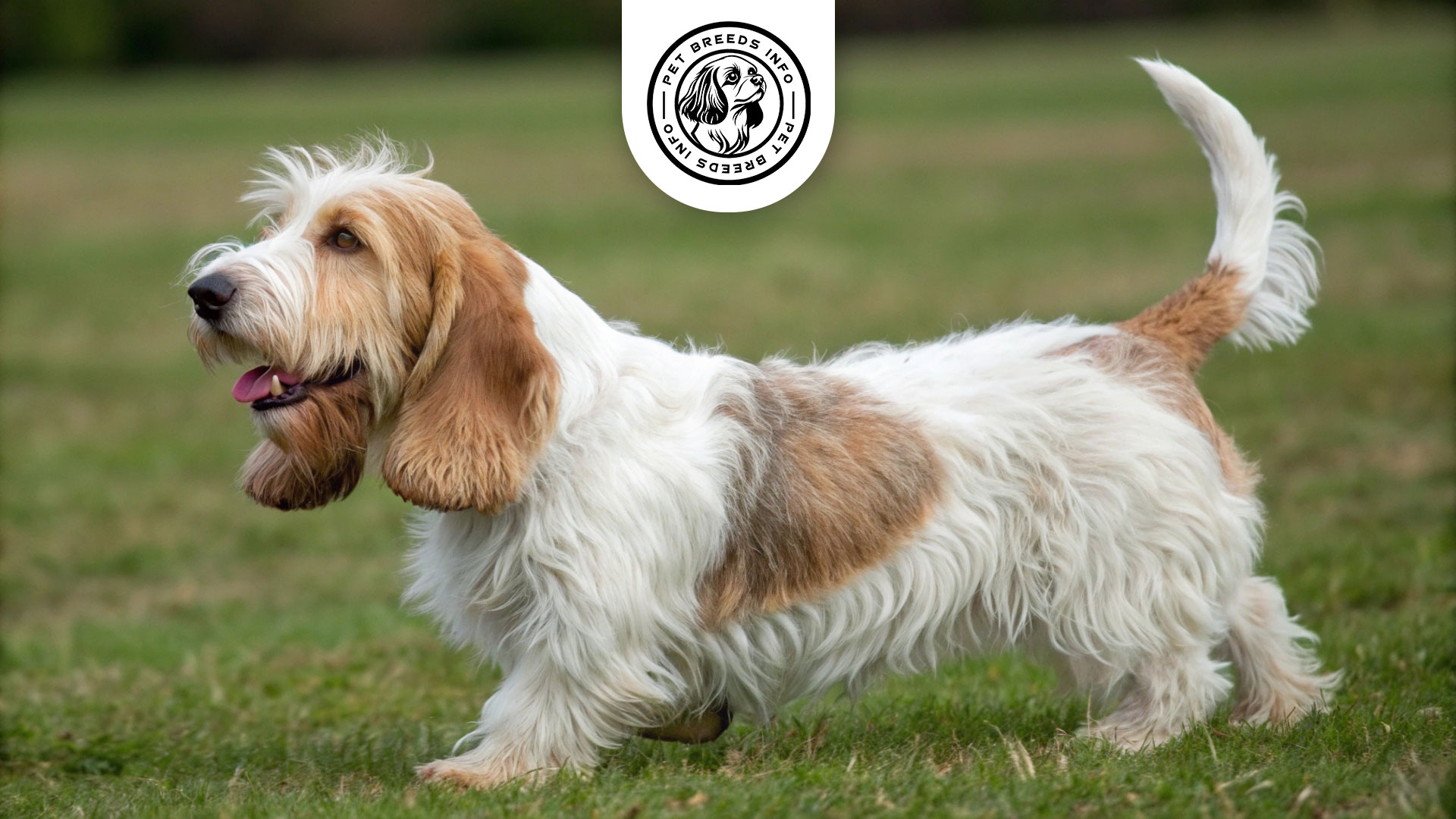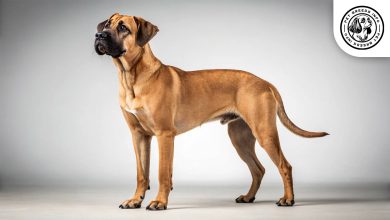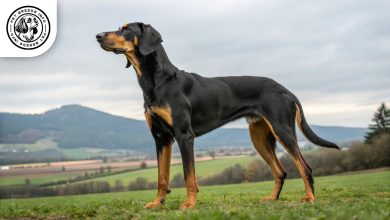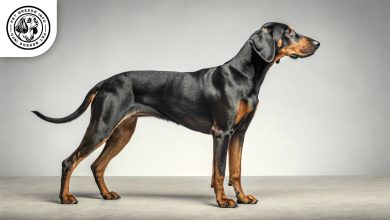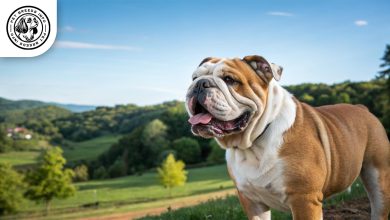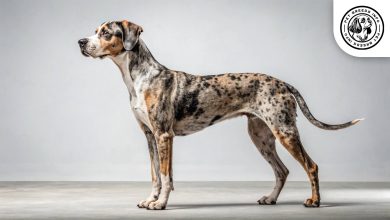Petit Basset Griffon Vendéen Dog Breed: Size, Price & Personality
General Introduction of the Breed
The Petit Basset Griffon Vendéen, also known as the PBGV, originates from France. Its name translates to “small, low, rough-coated dog from Vendée,” reflecting its physical characteristics and region of origin.
This breed was developed in the Vendée region of France primarily for hunting small game such as rabbits due to its keen nose and strong tracking abilities. It belongs to the Basset family and has been bred for centuries to be a tenacious scent hound.
Table of Contents
| Color | White and black, white and orange, white and gray, and tricolor variations. |
| Weight | 25-40 pounds (11-18 kg) |
| Lifespan | 12-14 years |
| Diet | High-quality dry, wet, or raw diets rich in protein and healthy fats. Avoid chocolate, grapes, onions, garlic, and excessive fatty foods. |
| Care | Regular exercise, daily walks, playtime, frequent brushing (at least twice a week), nail trimming every few weeks, regular ear cleaning, brushing teeth several times a week, occasional bathing. |
| Health | Common health concerns include hip dysplasia, ear infections, epilepsy, and progressive retinal atrophy (PRA). |
| Nature | Highly intelligent, curious, energetic, affectionate, independent, playful, outgoing, and sometimes stubborn. |
| Price | $1,000 to $2,500 |
Physical Characteristics
The Petit Basset Griffon Vendéen is a small yet sturdy breed. Males typically stand between 13 and 15 inches (33-38 cm), while females are slightly shorter. They weigh between 25 and 40 pounds (11-18 kg).
Their coat is rough, coarse, and medium-length, requiring regular maintenance. It comes in various color combinations, including white and black, white and orange, white and gray, and tricolor variations.
The eyes are dark and expressive, giving them a lively and intelligent look. Their ears are long, floppy, and covered with fur, while their tail is of medium length, carried high, and slightly curved.
This breed is characterized by its rough beard and eyebrows, which enhance its distinctive, rugged appearance.
Read More: Norwegian Lundehund Dog
Personality and Temperament
The PBGV is highly intelligent and curious, making it eager to learn, though sometimes stubborn. Training requires patience and consistency.
It has a high energy level and thrives on regular activity, making it well-suited for active owners. Daily walks and play sessions are essential.
This breed forms strong bonds with owners and enjoys companionship. It is affectionate yet independent, striking a perfect balance.
PBGVs are generally friendly with strangers, children, and other pets. However, their hunting instincts make them prone to chasing smaller animals.
They are highly playful and outgoing but can be sensitive to changes in environment and routine, requiring a stable living setting.
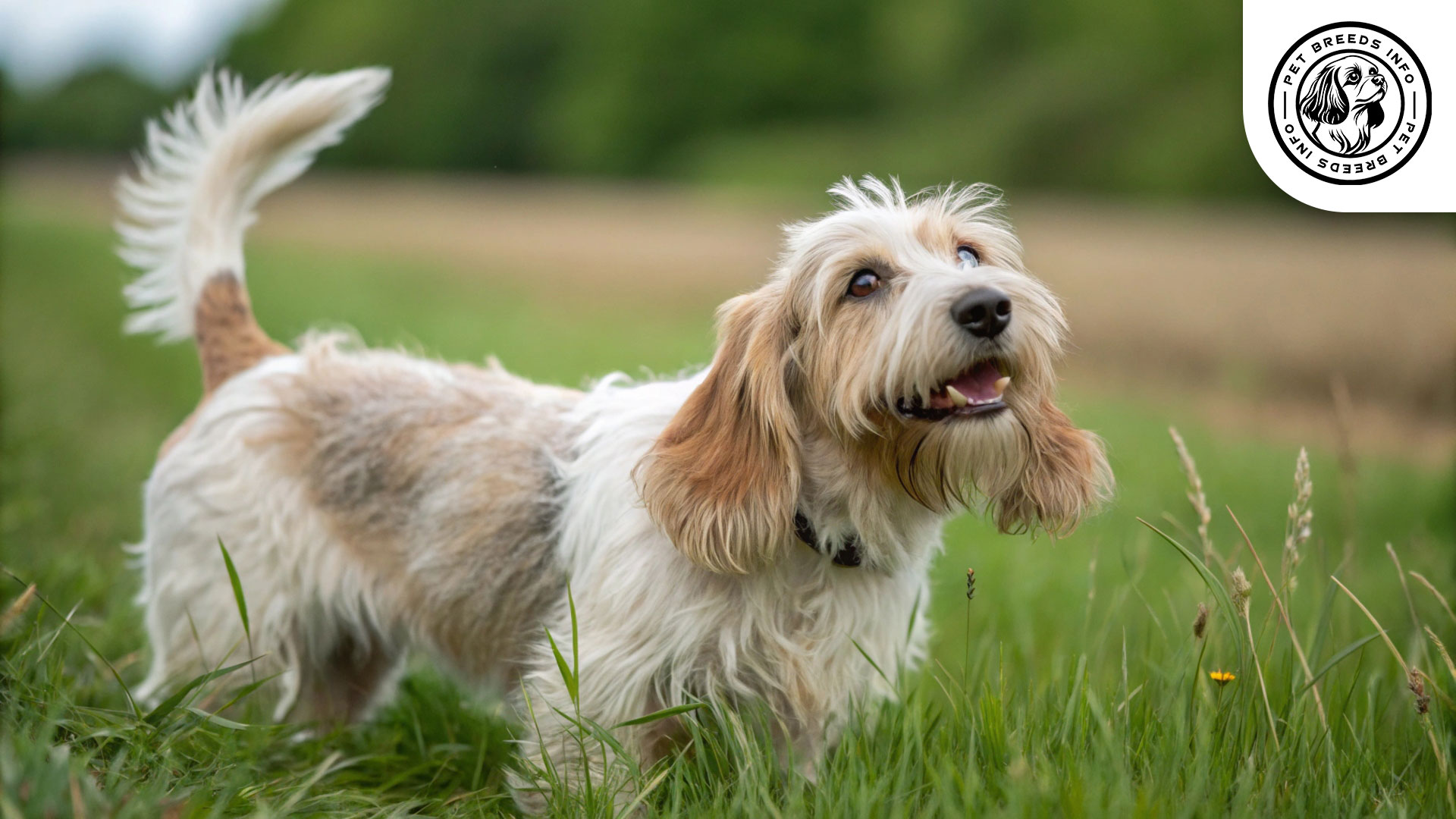
Care and Maintenance Requirements
Regular exercise is mandatory for this energetic breed. They require daily walks, playtime, and space to explore.
They adapt to various living environments but prefer homes with yards where they can roam freely. Apartments may be suitable if exercise needs are met.
Grooming includes frequent brushing (at least twice a week) to prevent matting due to their rough coat. Shedding is moderate but manageable.
They are moderately sensitive to extreme heat and cold. Avoid overexposure to harsh weather conditions.
Hygiene tasks include nail trimming every few weeks, regular ear cleaning to prevent infections, brushing teeth several times a week, and occasional bathing.
Diet and Nutrition
The Petit Basset Griffon Vendéen does well on high-quality dry, wet, or raw diets rich in protein and healthy fats. Balanced nutrition supports their active lifestyle.
They have no extreme dietary restrictions but should avoid excessive fillers, artificial additives, and low-quality ingredients.
Foods to avoid include chocolate, grapes, onions, garlic, and excessive fatty foods, as these can be harmful.
Portion control is important to prevent obesity. Typically, they require two meals per day with appropriately measured portions based on activity level and age.
Read More: Norwegian Elkhound Dog
Health and Common Medical Issues
Some common health concerns for the breed include hip dysplasia, ear infections, epilepsy, and progressive retinal atrophy (PRA).
This breed is relatively healthy but may have sensitivities to allergens and environmental factors.
The average lifespan is between 12 and 14 years with proper care and a balanced lifestyle.
Routine vaccinations, annual check-ups, and preventive treatments for fleas, ticks, and heartworms are essential for long-term health.
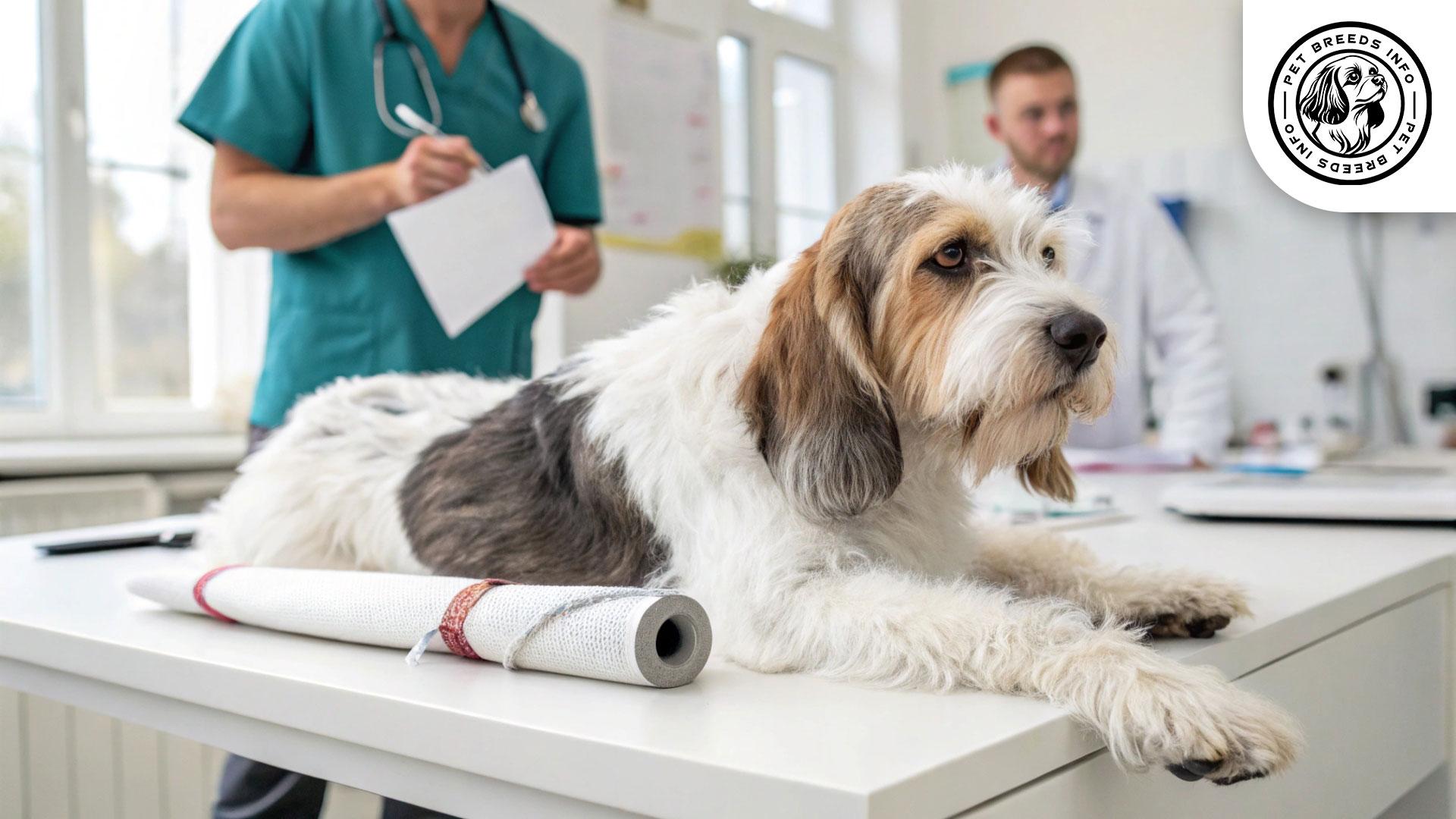
Training and Behavior Management
Training the PBGV requires consistency and patience. They are intelligent but can be stubborn, making firm yet positive reinforcement crucial.
Early obedience training and exposure to different environments help prevent behavioral problems. Socialization is key.
Reward-based training methods work best, using treats and praise for motivation.
They may have a tendency to bark and chase smaller animals, so leash training and controlled recall exercises are necessary.
Interaction with Other Animals and Humans
This breed is excellent with children due to its playful and friendly nature, making it a great family companion.
They generally get along well with other dogs but may have a stronger prey drive when around small pets like rabbits and rodents.
PBGVs are suitable for families and individuals who can meet their exercise and companionship requirements.
They are affectionate but not overly clingy, leading to a balanced level of independence while still enjoying close interaction with owners.

Price and Availability
The cost of purchasing a Petit Basset Griffon Vendéen varies from $1,000 to $2,500, depending on breeder reputation, lineage, and location.
When adopting or buying, ensure responsible breeders conduct health screenings and provide proper documentation.
Rescue groups, reputable breeders, and adoption centers specializing in the breed are the best places to acquire a healthy PBGV.
Read More: Norwegian Buhund Dog
Conclusion and Final Thoughts
The Petit Basset Griffon Vendéen is a lively and affectionate breed suitable for active households. They require attention, training, and regular exercise.
They thrive in homes where they can explore, play, and receive consistent companionship.
Potential owners should consider their high energy levels, grooming needs, and tendency to follow their noses before deciding on this breed.
With the right care and environment, the PBGV makes a loving and loyal companion.
FAQ
What is the typical temperament of a Petit Basset Griffon Vendéen (PBGV)?
The PBGV is known for being highly intelligent, curious, energetic, affectionate, playful, and outgoing. While they form strong bonds with their owners, they also possess a degree of independence. They can sometimes be stubborn, requiring consistent and patient training.
What are the primary care requirements for a PBGV?
PBGVs require regular exercise, including daily walks and playtime. Their rough coat necessitates frequent brushing (at least twice a week) to prevent matting. Other essential care includes nail trimming, regular ear cleaning, teeth brushing, and occasional bathing.
What are the common health issues associated with the PBGV breed?
Some common health concerns for PBGVs include hip dysplasia, ear infections, epilepsy, and progressive retinal atrophy (PRA). It’s important to obtain a puppy from a reputable breeder who conducts health screenings on their dogs.
What type of diet is recommended for a PBGV?
A high-quality diet, rich in protein and healthy fats, is recommended. This can include dry, wet, or raw food. It’s crucial to avoid feeding them harmful foods such as chocolate, grapes, onions, garlic, and excessive fatty foods.
How much does a Petit Basset Griffon Vendéen typically cost, and where can I find one?
The cost of a PBGV can range from $1,000 to $2,500, depending on factors like breeder reputation, lineage, and location. It’s best to acquire a PBGV from reputable breeders, rescue groups, or adoption centers specializing in the breed.
